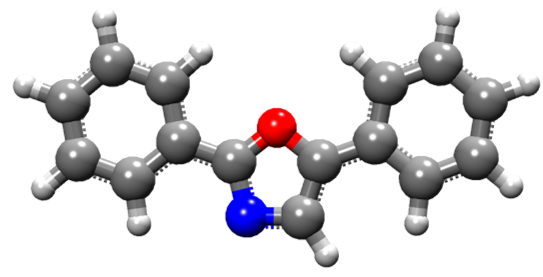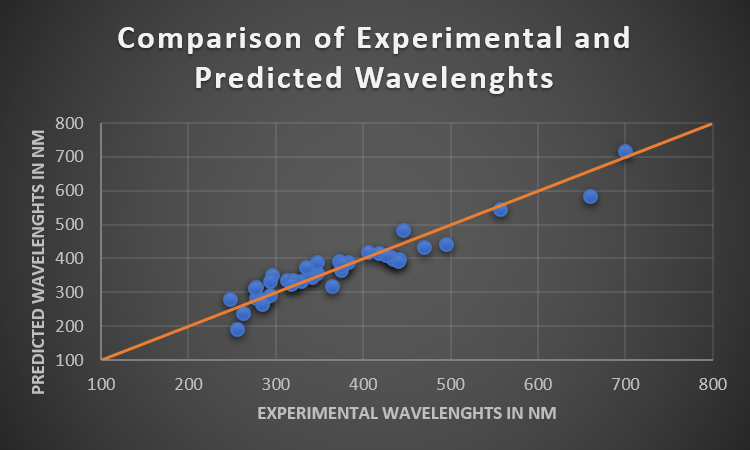Light emitting or absorbing systems (molecules, polymers, materials) are widely used in the industry: from chemical sensors (in analytical chemistry or biochemistry) to organic light emitting diode (OLED) devices used in smartphones, television, laptops, vehicle and public transport, etc. The OLED market alone is predicted to grow by over 15 % within the next few years. There is an ongoing challenge for industry to manufacture advanced displays that meet today’s demands, such as high readability, low power consumption, flexibility, or operation stability.
The Challenge
Optical absorption or emission spectrum is one of the properties that play a key role in the usage and performance of light emitting/absorbing materials. Accurate prediction of molecular UV absorption spectra is crucial in order to propose, design and develop new molecules. Virtual screening methods are highly useful in this context. The approaches used for predictions need to be cheap, fast, automatable, and reliable. In this way, modeling can reduce development cost significantly and narrow down the design space to the most promising set of potential candidates.
The Work
In this case study, a correlative model was developed for predicting the first absorption wavelength using a data set comprising 40 fluorophore and polycyclic aromatic molecules. 3D models of the compounds were built and relaxed using MAPS building tools. The structures were optimized at semiempirical level. For developing correlative models, molecular features, also called descriptors, were obtained from semi-empirical ab-initio calculations using the MAPS MNDO module and from the MAPS QSPR plugin. Both genetic algorithm and model refinement approaches were used to reduce the number of descriptors for the final models.

Figure 1: As representative example, the 3D structure of the training set molecule 2,5-diphenyloxazol is shown.
The Results
A combined semi-empirical quantum mechanical (SE-QM) and a quantitative structure–property relationship (QSPR) approach was developed for predicting key properties of potentially interesting chromophores or OLED molecules. This combined approach shows an improved predictability compared to single method approaches, i.e. QSPR or SE-QM, without increasing the calculation time significantly.
The presented approach is applicable in general and illustrates how pure QSPR-based modeling can be enriched and improved with negligible additional computation cost.

